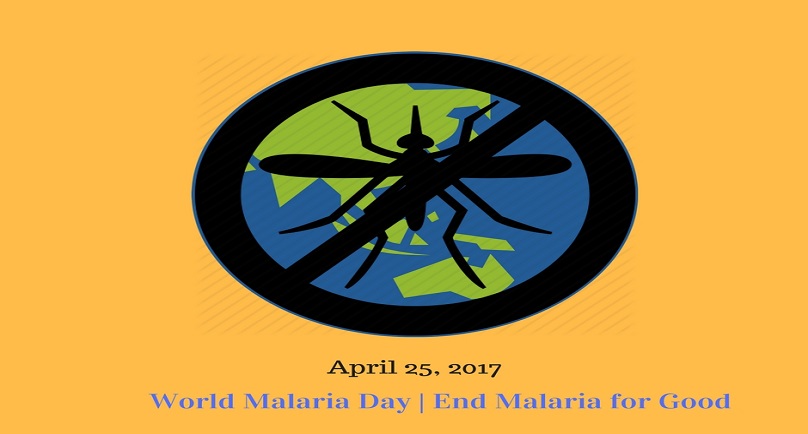Combating Malaria in PNG
Four years after the world took a stand in fighting Malaria in 2000, Papua New Guinea has made commendable development since joining the campaign.
This year, World Malaria Day marks positive progress for PNG since taking steps forward in 2004 to eradicate this mosquito-causing disease.
According to World Health Organisation (WHO), the incidence of malaria in PNG has been halved from 400 cases per 100 000 Population to 200 – a progressive effort towards meeting the third goal for the current Sustainable Development Goals (SDGs).
This year’s theme for World Malaria day, “End Malaria for Good”, WHO is taking a direction into preventative methods which is seen as a critical step towards eliminating this curable disease.
How was this progress achieved?
A collective effort was put together with PNG’s National Health Department, WHO, Population Services International PNG (PSI), Rotarians Against Malaria and Global Fund, including the Australian Government and other stakeholders.
Reducing the prevalence of malaria one mosquito net at a time, the task has been tough but rewarding with Rotarians Against Malaria distributing nets to almost 20, 000 villages in PNG that saw a massive decrease in incidence from 2008 to 2012.
Advances responsible for PNG’s progress:
- near-universal distribution of long-lasting insecticidal nets (LLINs)
- infusion of money for diagnosis and treatment of malaria
- surveillance
- diagnosis and treatment
Current challenges that stand in the way for PNG:
Apart from having rugged terrains and poor infrastructures such as roads and bridges that can make malaria outreach possible, funding is also an issue.
A major donor, Global fund, has reduced its funding by 50%.
“Donors are interested in countries that have a high burden of malaria but a low income, PNG is a low-middle income country,” stated Global Fund’s Stefan Stojanovik in a report published by WHO in the light of 2017 World Malaria Day.


